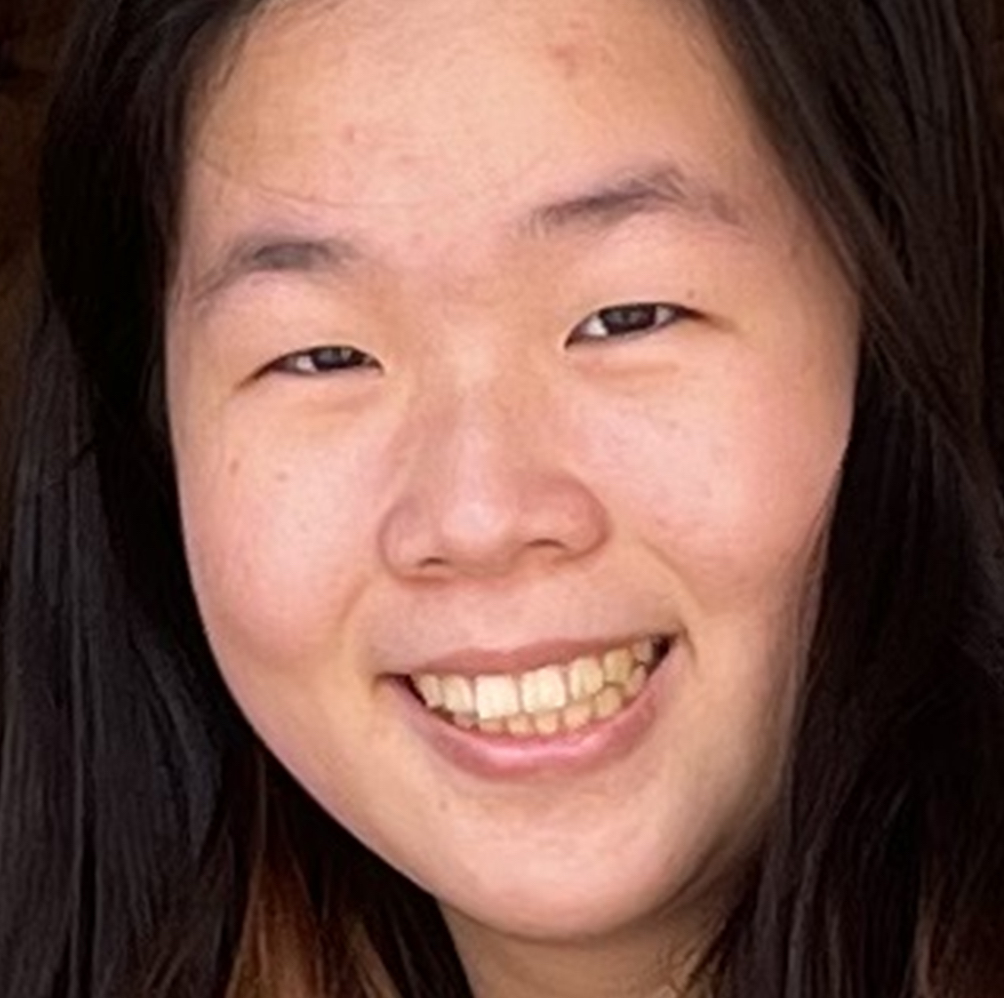Winners
2021
First Place
Sara Yousaf: "Generation of an In Vitro 3D Blood Brain Barrier Tissue for Central Nervous System (CNS) Drug Discovery and Disease Modeling"
Abstract: Brain diseases and disorders are devastating at an individual level and impaired mental health is an important issue for addressing societal well-being. Although the brain is of central issue to human health it is an extremely difficult organ to study and treat. For therapeutic applications in particular, the special blood brain barrier (BBB) presents a challenging obstacle. The absence of BBB tissue models severely limits central nervous system (CNS) drug discovery and disease modeling. Current In vivo animal models are expensive and hampered by complex, multi-cellular interactions that are difficult to decouple. To address these limitations, I propose to develop a 3D tissue model of the BBB using a tissue engineering technology that enables the 4 main brain cell types to be assembled in an architecture that is relevant for drug discovery and disease modeling of the human brain.

Second Place
Serena Yeh: "Enhanced Bioremediation: Environmental Friendly Agar-Based Fertilizers for Oil Clean Up"

Abstract: Oil pollution in oceans is a major threat to coastal shores, groundwater supplies, and most importantly, the health of marine life and humans. As natural degradation is slow and anthropogenic catalysts are environmentally unsafe or ineffective, researchers have been looking towards bioremediation, which uses natural oil-eating microorganisms to reduce the amount of oil. It has been shown that this process can also be sped up through the use of fertilizers with nutrients such as nitrogen, phosphorus, potassium, sulfur and calcium. This proposed experiment will examine the effectiveness (measured as the number of oil-eating microorganisms present in the samples after every 2 weeks) of such fertilizers compared to that of an agar-based version, which will use agar in addition to the aforementioned nutrients as a binding agent, allowing nutrients to be slowly released and preventing excess algae growth.
Third Place
Glorybelle Barrios: "On the Use of a Mediatorless Microbial Fuel Cell for the Eradication of MethylMercury Ions in Marine Food Webs"
Abstract: Impaired mental functioning, hindered growth, cerebral palsy, and weakened respiration in humans and marine organisms have each been attributed to the Pacific Ocean’s growing sink of MethylMercury ions. When fossil fuels are burned, forest fires ensue, and mass manufacturing occurs, Mercury filtrates into bodies of water until anaerobic microorganisms convert bioavailable, inorganic Mercury into MethylMercury ions through methylation. MethylMercury, a neurotoxin, biomagnifies (increases in concentration within the tissues of animals) as the marine and freshwater food chains progress; hence, the secondary consumers and apex predators have the largest concentrations of MethylMercury, and -as a result- the increased likelihood of adverse reproductive and neurodevelopmental effects. The mass decline of seafood in domestic water supplies and legal suits stemming from acute or chronic mercury poisoning has not solely been borne by seafood cultivators, but by indigenous communities globally as well. To eradicate the concentration of MethylMercury ions in marine food webs, the novel mechanism of microbial fuel cells with respiring microbes can be utilized to convert the MethylMercury ions into electrical energy, whilst filtrating metal remnants towards abiotic cathodes. In the cell, chemical bonds in MethylMercury (which poses as a substrate feed) are converted to electrical energy through catalytic reactions of microorganisms under anaerobic (without oxygen) conditions in an anode chamber. Thus, simultaneously removing pollutants whilst generating renewable energy. Under neutral pH conditions, utilization of graphite felt on the anode, and carbon paper on the cathode, a maximum removal efficiency of 99.54% is expected based on rates of mediated mercury contaminants.